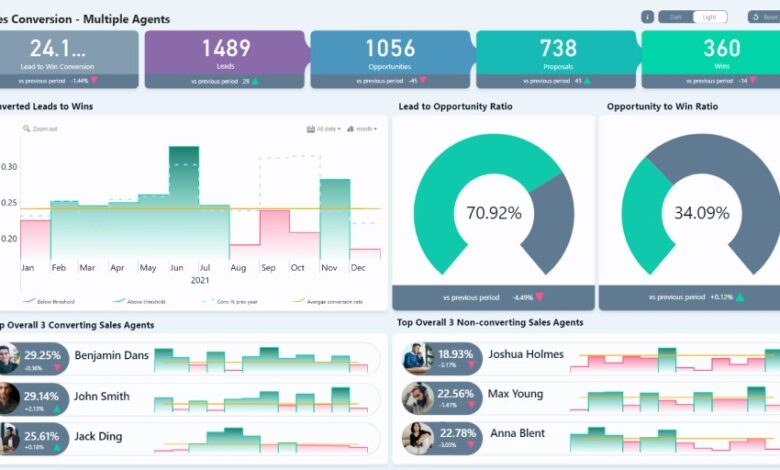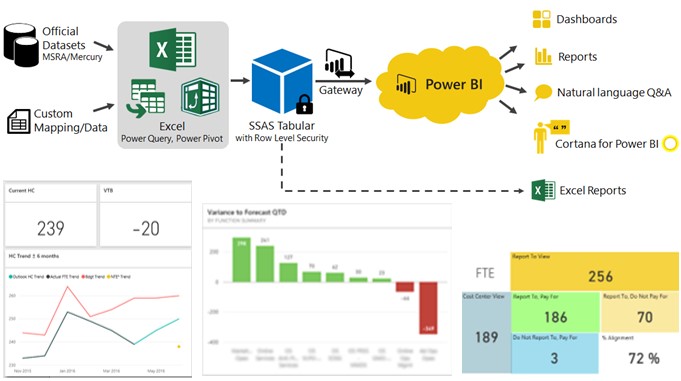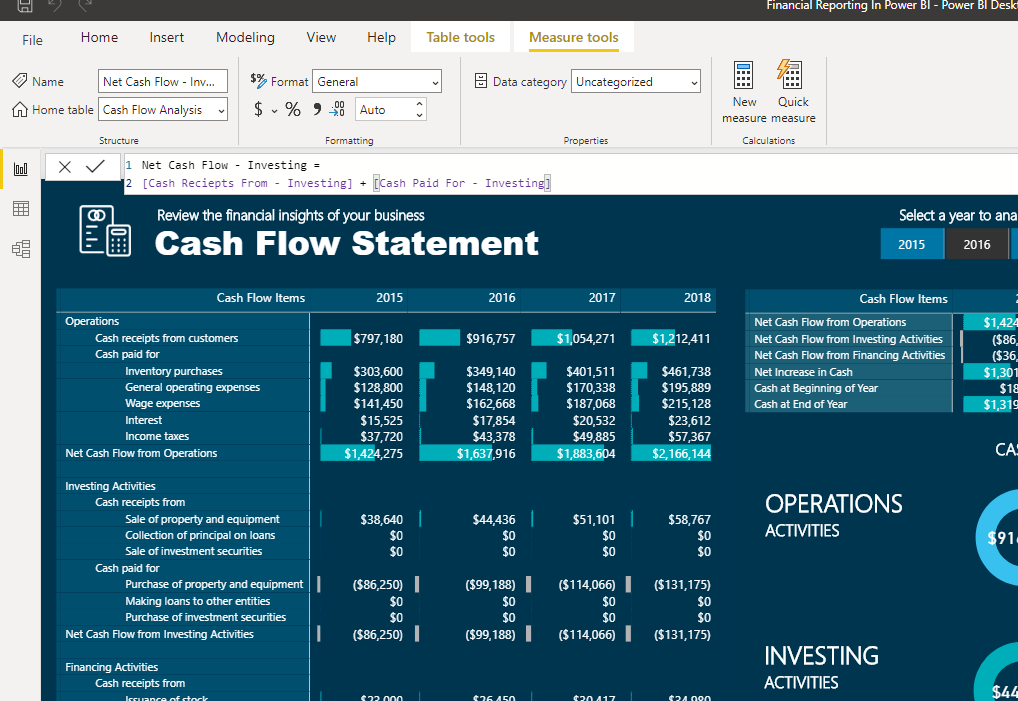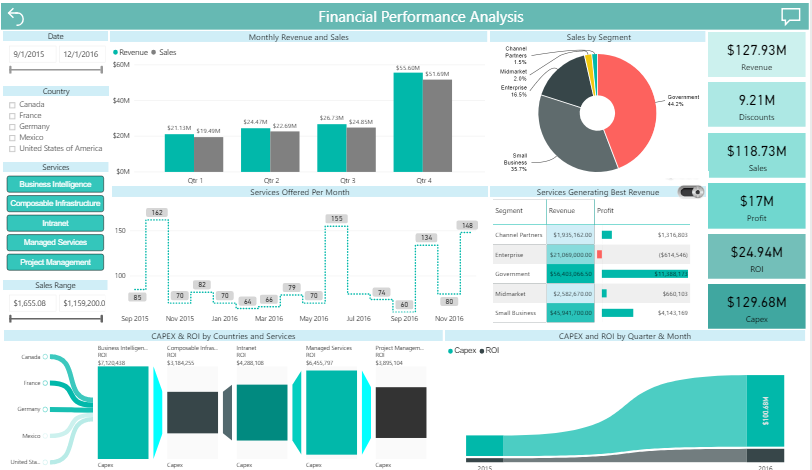Mastering Power BI for Financial Reporting: Advanced Tips and Tricks

Unleashing the Power of Data Visualization
It is crucial to have swift decision-making skills. Financial experts are always sifting through mountains of complex data in an effort to find insights that will propel corporate success.
Power BI, a well-known business intelligence tool created by Microsoft, has revolutionized financial reporting as a result of technological improvements. NetSuite Power bi gives financial professionals the ability to analyze data effectively and show it in a way that is both aesthetically pleasing and simple to comprehend.
Let’s set out on a quest to maximize the use of Power BI for financial reporting by exploring cutting-edge strategies and techniques that will up your data visualization game to a whole new level.
The Art of Data Modeling: Laying the Foundation
The foundation of Power BI’s financial reporting is data modeling. It is critical to comprehend the significance of data organization before exploring any further features. Similar to a blueprint, a well-designed data model enables smooth analysis and reporting.
Accept the idea of defining acceptable data types, applying essential measures, and establishing linkages between tables. Your reporting capabilities can be greatly improved by creating calculated columns and measurements using DAX (Data Analysis Expressions).
The adage “Garbage in, garbage out” is applicable here; the first step to flawless financial reporting is a solid data model.

From Raw Data to Insights: The ETL Process
It can be difficult and confusing to go from raw data to insights that can be put into practice. Fortunately, Power BI’s Extract, Transform, and Load (ETL) features streamline this procedure.
You may quickly change data from numerous sources, clean it up, and shape it into an analysis-ready format by using Power Query Editor.
M-language, the engine behind Power Query, may be used by advanced users to carry out complex data manipulations. You can make sure that your financial reports are supported by correct and current data by carefully curating your ETL process.
Visualization Mastery: Bringing Numbers to Life
The main stakeholders and decision-makers might not understand numbers on their own. Herein lies the relevance of data visualization, the skill of successfully communicating insights through the presentation of data in a graphical style.
Power BI provides a wide range of visualization choices, including straightforward bar charts and complex treemaps and heatmaps. It’s essential to have the skill of selecting the appropriate chart type for various circumstances. The ability to design unique visualizations with the help of Power BI Developer tools is also crucial for transforming your financial reports from average to outstanding.
Keep in mind that a strong visualization may influence important business choices by clearly communicating findings.
The Power of DAX: Unleashing Calculation Potential
Power BI’s Data Analysis Expressions (DAX) language opens us a universe of virtually endless options for computations. While DAX functions similarly to Excel formulae, it is designed specifically to handle relational data.
The power of DAX may be used by experienced users to build intricate computations, time-intelligence functions, and sophisticated metrics that generate profound insights. Understanding ideas like filter context and row context can help you improve your financial reporting so that it provides a more engaging and simple user interface.

If you embrace DAX, you’ll discover that you can easily decipher complex financial problems.
Storytelling with Data: The Art of Compelling Reports
Your ultimate objective as a financial practitioner should be to create a fascinating tale rather than merely give numbers. Power BI’s “Report” view, “Power BI Financial Reporting” and “Power BI Service” capabilities provide you the ability to create a story out of your financial data.
Use drill-throughs, report themes, and bookmarks to create an engaging experience for your audience. The user should be guided from an overview of financial performance to specific insights by a well-structured report’s obvious flow.
Keep in mind that data becomes a powerful driver for change inside an organization when it is combined with an engaging story.
Integrating Time Intelligence: Navigating Trends and Seasons
Clear patterns and seasonality is crucial in the world of finance. With the help of Power BI’s unique time intelligence features, evaluating time-based data may be a simple. The temporal intelligence features of DAX will come in handy when doing year-to-date computations, calculating moving averages, or locating data from earlier periods.
You may quickly identify trends, find anomalies, and make wise decisions based on past trends by including these features into your financial reports.
Creating Financial Statements in Power BI
The ability to construct a collection of financial statements is a common request in Power BI. A lot of companies want to utilize Power BI to build an income statement, balance sheet, and cash flow statement but aren’t sure where to start.
While highlighting some of the current shortcomings of the platform, there are numerous strategies. The two tasks that take the longest to complete when creating financial reports in Power BI are these two.
- Importing and Preparing Data for Financial Reports
- Defining and determining which visuals to use
Advanced Analytics: Embracing AI and ML for Financial Insights
The discipline of financial reporting is always developing along with technology. By incorporating machine learning and artificial intelligence capabilities, Power BI embraces sophisticated analytics.
Power BI may be your entryway into the realm of AI-driven financial insights, from applying predictive analytics to estimate future financial performance to leveraging NLP for Q&A.
Financial professionals may get a competitive edge by using these innovative technologies to predict market trends and take preemptive action.

Empowering Financial Reporting with Power BI
We have looked at the charm of data visualization, the skill of narrative, the promise of DAX, the art of data modeling, and the use of advanced analytics. Financial professionals can unlock the full potential of their data with the help of these cutting-edge tips and methods, empowering them to make wise decisions that promote corporate success.
You should keep in mind that learning Power BI takes time. To fully utilize its potential, you must constantly study, practice, and explore its aspects.
As you learn more about data analysis and visualization, you’ll realize that Power BI is more than just a tool—it’s a method to unlock the full potential of contemporary financial reporting.
Embrace the journey, and let the power of Power BI guide you towards a future of data-driven success in the world of finance.



